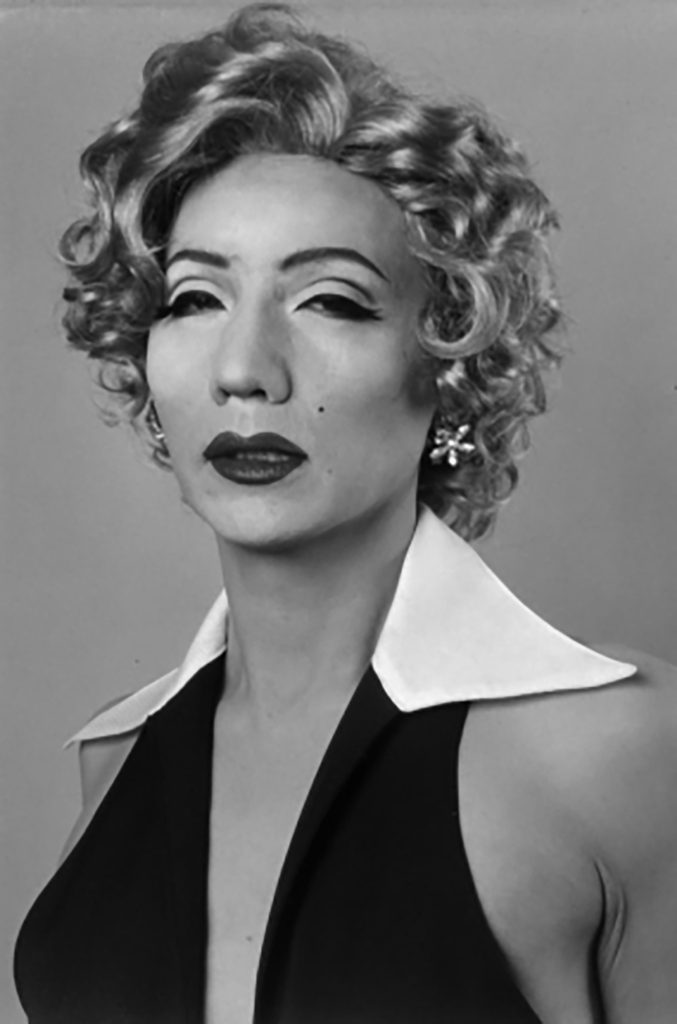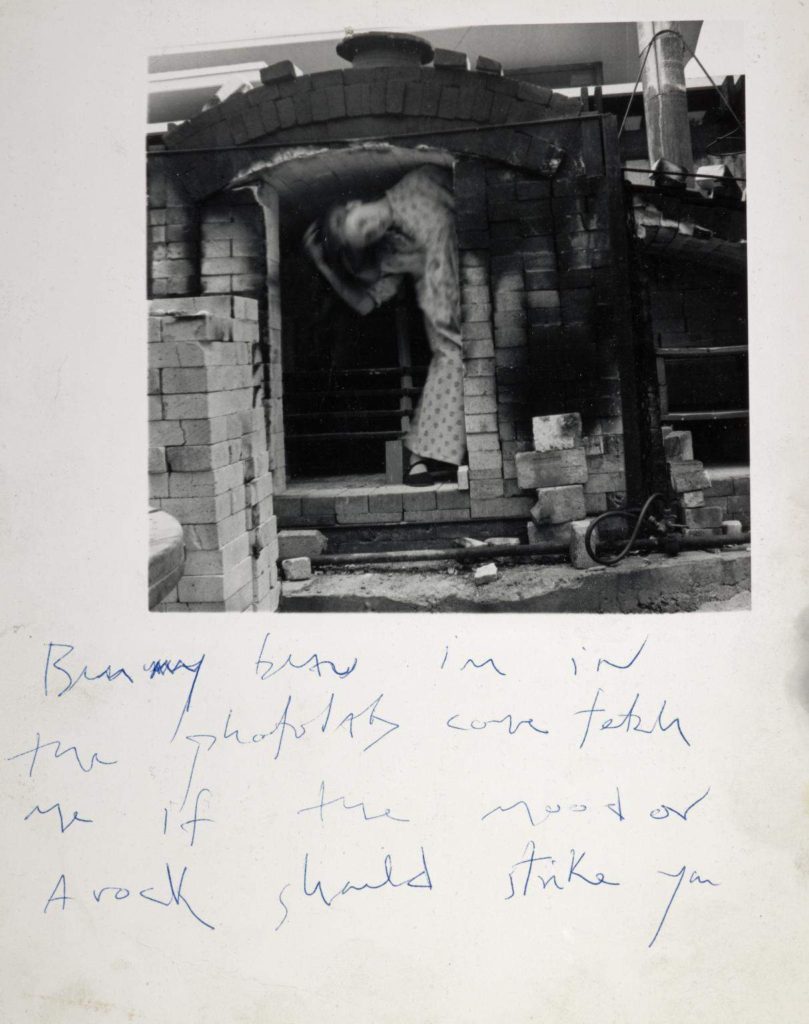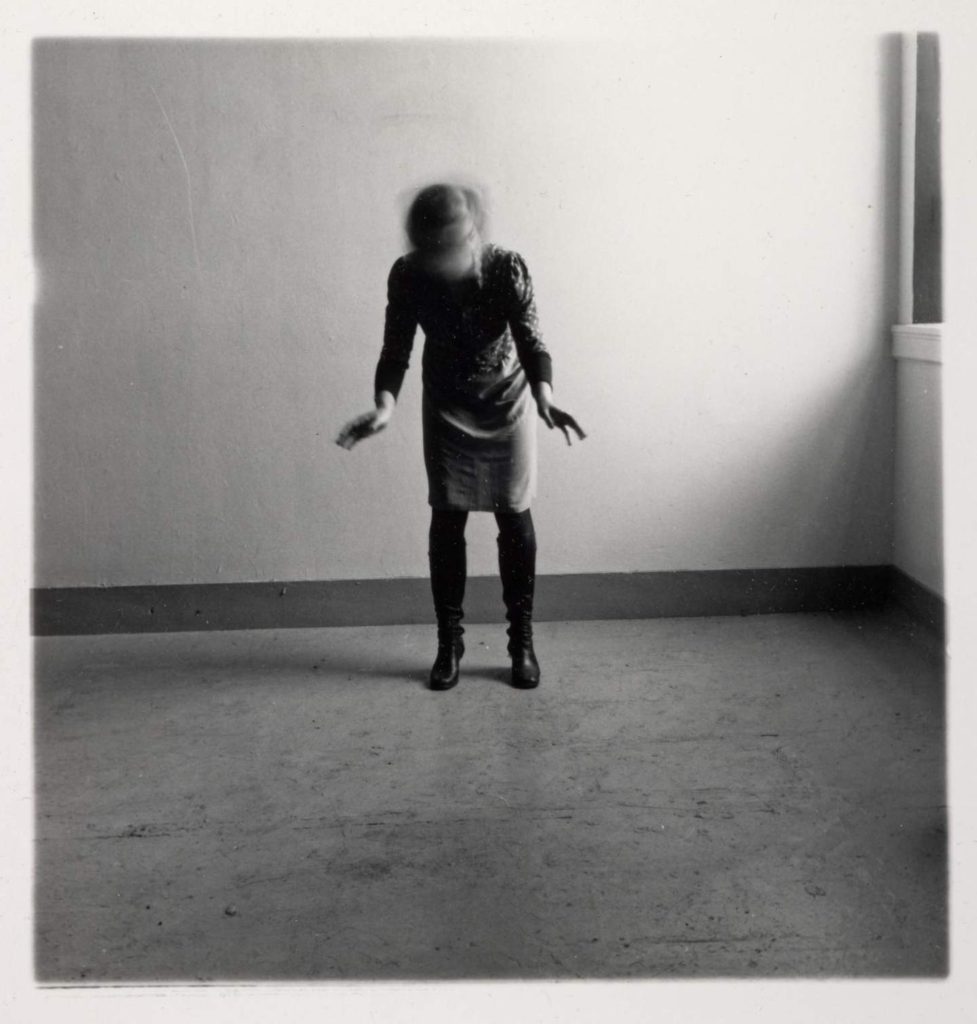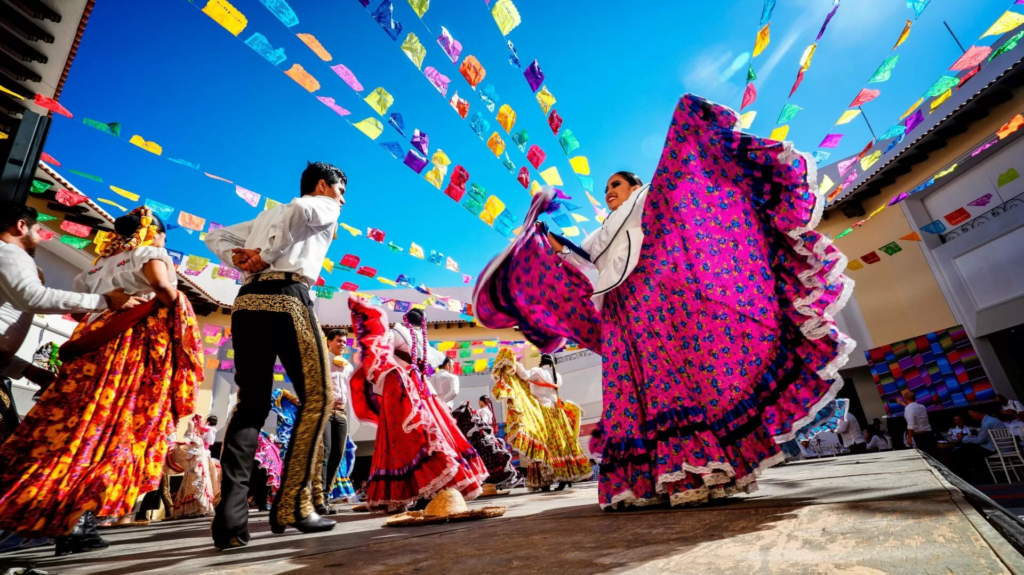
All ideas are in photoshoot plan post.
Links/bibliography
https://www.artnet.com/artists/justine-kurland/
Website I used the most for inspiration:
https://www.vanityfair.com/style/2020/05/justine-kurland-new-book-girl-pictures

All ideas are in photoshoot plan post.
Links/bibliography
https://www.artnet.com/artists/justine-kurland/
Website I used the most for inspiration:
https://www.vanityfair.com/style/2020/05/justine-kurland-new-book-girl-pictures
Justine Kurland inspired mood board:

Other images/ different concepts id want to incorporate in my photoshoots:

Justine Kurland – ‘female utopia’
My main inspiration is from her book called ‘girl pictures’ its exactly what I wanted to base my photoshoot on and how id like to represent femininity. It shows girls coming together and the simplistic caring traits that are shown.

About Justine’s book/photography:
Kurland started this project in 1997 when she was a graduate student at Yale. In an essay at the back of the book, she crowns Alyssum as “the first girl” to be photographed. It started as a kind of make-believe. At fifteen Alyssum had been sent to live with her dad, whom Kurland was dating at the time. While he was at work, the two women bonded and began a collaboration, merging imaginations to plot out a narrative of a teenage runaway. Kurland went on to find more make-believe runaways, but one of the images from this time seems to hold a special importance; a portrait of Alyssum takes up a full spread towards the end of the book. Perched in a cherry tree between the Hudson river and a highway, Alyssum looks back over her shoulder. The river seems to flow away, while the headlights of cars on the road seem to be approaching. With her body in profile, Alyssum doesn’t seem to follow either direction.
Analysing some of Justine’s images:

Adventure stories were a source of inspiration for this project. The girls in Girl Pictures plagiarize these myths until they become their own, until the original myth is hardly relevant anymore. What’s left after all this repetition of runaway legends and costumes are the common themes: rebellion, self-sufficiency, confidence. A kind of inverse of the American Dream, but with the same carrot on a string: freedom. Perhaps this is why we love runaways so much.

We see worn out overalls holding onto a girl’s body by one strap. The girl at the centre of this image guides the others, looking past the camera as if it doesn’t even matter, as if the thing worth examining is actually behind us.
But of course with freedom comes the threat of danger. So many of the images in Girl Pictures were taken outside in locations that feel desolate or easy to overlook. They are often staged under bridges or beyond fences or on the sides of highways; places that feel synonymous with warnings.


The focal point of the image is the back of a young girl who is raising her shirt. Instead of her face, we see the eyes of all the girls surrounding her, watching the big reveal. There’s one boy in the group, but his eyes are covered. A girl has wrapped her arms around him from behind and places her fingers over each of his eyes. It’s funny to see such an obvious removal of the male gaze, especially as it’s still present – and yet the delicate hands of a teenage girl prove capable of obstructing it. As viewers we look from his covered eyes to her watchful ones.
Yet it feels beside the point to spend too much time considering a male perspective when looking at this project. The subjects move on, and do more interesting things. They collapse in the snow in ‘Snow Angels, 2000’, and roast marshmallows over a garbage fire in ‘Puppy Love, Fire, 1999’. It starts to feel as if they exist in their own reality, just removed enough. This is especially strong in the photographs that appear to capture two parallel worlds.

There are other things uniting all the girls in these photographs. The deeper you get into the book, the more difficult it becomes to see each girl as a distinct character. The camera stays just far enough away to keep the subjects slightly anonymous. Or perhaps it’s because they are mostly long haired, or wearing similar clothing, or belonging to that vague age range that captures adolescence. Whatever it is, they begin to blend together into one visually unified group of girls.


Kurland’s focus is less on individual girls, and more on what happens when they band together.
I found this text on a website and i agree with how i perceive the book and the idea of how girls specifically teenage girls are represented:
‘I don’t know any of the girls in Justine Kurland’s Girl Pictures, but it really feels like I do. Or at least, I must have seen them. Maybe they were there on the side of the highway, or in some public restroom, or just standing on a sidewalk as I passed by. The girls in their baggy jeans and bare feet. The girls in their leather boots and used sweaters. There’s something about them that feels like so many teenage girls. The images in this book weigh me down with a sense of nostalgia, and it’s not just the late nineties fashion. It’s the fact that the girls seem to be disappearing. Like catching a wild animal in a trap, it feels like by the time you look at each image of these girls you’ve already missed them. They’ve run off to someplace better or just some place that isn’t here.’
Using this book as a reference I’ve found that it creates an emotional connection and deeper meaning.
Yasumasa Morimura
Yasumasa Morimura, born in 1951 in Osaka, is a Japanese artist whose work deals with issues of cultural and sexual appropriation. Morimura studied art at Kyoto City University of Arts and in 1985 made his first avant-garde self-portrait based on an iconic portrait of Vincent Van Gogh. Since then, Morimura has taken iconic images from pop culture, the media, and art history and deconstructed them using costumes, makeup, props, and digital manipulation to make provocative self-portraits.

His works exude playfulness and attest to the artist’s self-described role as an entertainer who wants to “make art that is fun.” His work often consists of inserting his face and body into portraits of artists and celebrities from history. Similar to American photographer Cindy Sherman, Morimura uses extensive props and digital manipulation to create his images, resulting in often-uncanny recreations of iconic works. “Taking photographs is generally an act of ‘looking at the object, whereas ‘being seen’ or ‘showing’ is what is of most interest to one who does a self-portrait,” he has explained. “Self-portraits deny not only photography itself, but the 20th century as an era as well.” Simultaneously reverent and satirical, his self-portraits manage to skewer traditional notions of beauty while revealing a deep appreciation for the art he appropriates.
Some of his more well-known pieces:






I would say this is my favourite image by him. I love the stylisation of the images, from the way his hands are placed to the lighting slowly fading as you go further down on his face. I picked this artist because his work really breaks down gender ideals, that men can’t wear makeup and supposedly “feminine” clothing, this could be fit into androgyny, fitting the theme of my project, as he dresses up as both females and males for his work.
Claude Cahun, born Lucy Renee Mathilde Schwob, was a surrealist, photographer, sculptor and activist. She is best known for her gender fluidity in art and her anti-Nazi resistance. She was from Nantes and was born into a provincial Jewish family. From an early age, Cahun struggled with her gender identity and in the early 1920s, she adopted the first name Claude because it could be a man or a woman.
Cahun combined several elements of surrealism, including reflections and doubling. A common theme in her work was the subversion of society’s expectations of women. Even in photographs where Cahun appears more traditionally feminine, she adds elements such as cropped hair to defy expectations of beauty.
One of my favourite images of Cahun’s is “Self Portrait of a Young Girl”. It depicts her lying in bed, looking quite sickly, hair spread out around her, reminiscent of Medusa’s. Most observers note that the tone and appearance are not appealing, many depictions of women on a bed in fine art are eroticized and Cahun’s point of view is a stark contrast to this. Cahun herself has said that the image reflects her mental health struggles after her mother fell ill and had to be committed to a mental hospital.

Cahun was friends with many Surrealist artists and writers and André Breton once called her “one of the most curious spirits of our time.” While many male Surrealists depicted women as objects of male desire, Cahun staged images of herself that challenge the idea of the politics of gender. Cahun was championing the idea of gender fluidity way before the hashtags of today. She was exploring her identity, not defining it.
In 2017, Gillian Wearing opened an exhibition in the Nation Portrait Gallery, this showed her recreating multiple of Cahun’s images using makeup and prosthetics, for example, her most famous recreation is of Cahun’s image “I am in training, don’t kiss me”. During this exhibition, Wearing often referenced what Cahun famously said “Under this mask, another mask. I will never finish removing all these faces.,” this reference is very much shown in the image “Me as Cahun holding a mask of my face” where she is recreating the image made by Cahun I have previously mentioned however with her own twist to it in which she is dressed as Cahun in the image, but she is holding a mask of her own face.

She was an American photographer who created black and white pictures, capturing herself and other female models in interesting ways. Her photos show herself and other women either in unique outfits or stark naked, in weird positions. The photos mostly appeared to be blurred, since she used a slow shutter speed, letting more light in to create movement in a eerie way throughout her work. She was born on April the 3rd in 1958 and died on the 19th of January in 1981, aged just 22 years old. Despite her dying so young, Woodman has continued to inspire many upcoming photographers, being an icon of self- expression in photography.
Her father was a painter and photographer and also lectured in photography at the University of Boulder in Colorado. Her mother was a ceramicist and sculptor. She took her first self portrait at the age of 13, and then went on to continue to photograph herself and other women until she died. She attended the Rhode Island School of Design and travelled to Rome as part of its honours program in 1977. In 1980, she shared many of her portfolios with fashion photographs, wanting ‘to make a career in photography’. She was rejected, however, which lead to her becoming deeply depressed and she attempted suicide in autumn of that same year. A breakup with her boyfriend also added to her depressed state. This lead to her having to live with her parents, unfortunately in early 1981, she took her life after jumping out of a window.
Although Woodman used different cameras and film formats during her career, most of her photographs were taken with medium format cameras producing 2+1⁄4 by 2+1⁄4-inch (6×6 cm) square negatives. Woodman created at least 10,000 negatives, which her parents now keep. Woodman’s estate, which is managed by Woodman’s parents, consists of over 800 prints, of which only around 120 images had been published or exhibited as of 2006. Most of Woodman’s prints are 8 by 10 inches (20 by 25 cm) or smaller, which “works to produce an intimate experience between viewer and photograph”.
“Am I in the picture? Am I getting in or out of it? I could be a ghost, an animal or a dead body, not just this girl standing on the corner”
– Francesca Woodman

There are always celebrities and other artists that die young, which for some reason always leads to more questions about their short life. Suicide has always been seen as a taboo aspect of our life, but something that draws fascination and interest from the public, especially when it is a famous or talented person. Like many others, Woodman died young and left behind her interesting story along with her unique art. Her photographs were almost like a representation of her short life, the ghostly obscured and intimate photos clearly being a portrayal of her and her personality. Her portraits portrayed her as vulnerable and isolated, but also intense and powerful, creating a interesting contrast.







Here are some famous examples of her work, where she portrayed herself in many different positions and angles. Every single photo is unique and full of mystery, causing her style to be an inspiration for many. She challenged the idea that the camera captures a single time and space – something that had always been seen as one of the fundamentals of photography. She manipulated light, movement and photographic effects, and used carefully selected props, vintage clothing and decaying interiors to add a mysterious gothic atmosphere to the work and create a new technique of portrait photography. The concept of vulnerability is brought up a lot my critics, and although I do understand that her poses create a sense of vulnerability, her pictures embrace her, a lot of the time naked, body in a powerful manner, showing she is the one in control.

One of her most iconic photographs, portraying her in a bent over position on top of a mirror, capturing her staring intensely into the camera lens. It is believed that it was a photo she sent to her boyfriend at the time, sending it in advance to her return to the US from Italy.
This photographs composition is very interesting, being taken from a bird eye view angle, capturing her entire body in the shot. The entire look of the photo creates a mysterious mood throughout the image; the black and white causing us to focus more on her face which appears blurry as through she was moving. This along with the wild look in her eyes creates her to have an unhinged appearance, adding to the eeriness of the photo. She appears to be naked on the lower half of her body, adding to the weird look of the photo and creating another interesting aspect to the photo, perhaps being something to do with the photo being meant for her boyfriend, Woodman portraying herself in a seductive way and enhancing the sexual representation within the photo. Despite her face not being in focus, it is clearly the area of focus within the photograph, her neutral expression contrasting with her wide- open eyes, causing the viewer to immediately look at them. The mirror creates an interesting shape around her, framing her body and causing us to focus on her even more. Moreover, the dark tone of the wood contrasts again her light skin and clothes, causing her to stand out even more. The mirror creates an idea of other dimension, and her face being blurred creates a sense of timelessness.
Masculinity describes the degree to which society focus on assertiveness and achievement. When in contrary, femininity describes the focus of society to quality-of-life issues, such as caring for others, group solidarity and helping the less fortunate are valued. In other words, society still recognizes a gap between male and female values. This dimension is frequently viewed as taboo in highly masculine societies.
Masculinity


The term ‘masculinity’ refers to the roles, behaviours and attributes that are considered appropriate for boys and men in a given society. Masculinity is constructed and defined socially, historically and politically, rather than being biologically driven.
Femininity

Femininity is a set of attributes, behaviors, and roles generally associated with women and girls. Femininity can be understood as socially constructed, and there is also some evidence that some behaviors considered feminine are influenced by both cultural factors and biological factors.


IDENTITY POLITICS is a term that describes a political approach wherein people of a particular religion, race, social background, class or other identifying factor form exclusive socio-political alliances, moving away from broad-based, coalitional politics to support and follow political movements that share a particular identifying quality with them. Its aim is to support and centre the concerns, agendas, and projects of particular groups, in accord with specific social and political changes.
The term was coined by the Combahee River Collective in 1977. It took on widespread usage in the early 1980s, and in the ensuing decades has been employed in myriad cases with radically different connotations dependent upon the term’s context. It has gained currency with the emergence of social activism, manifesting in various dialogues within the feminist, American civil rights, and LGBT movements, disabled groups, as well as multiple nationalist and postcolonial organizations, for example: Black Lives Matter movement.

It’s true that there are problems with accounts of racism, sexism, homophobia or transphobia that locate blame for oppression in racist, sexist, homophobic and transphobic individuals rather than in social structures – just as there were with the consumerist politics of that Noughties environmentalism. In focussing blame on the individual, this kind of approach can alienate potential allies, without moving powerful organisations to actually deliver change. But in reality, most activists and movements work hard to channel blame up to institutions such as the police, corporations and governments – which is exactly why the likes of the Common Sense Group hate them so much.
Is also true that modern capitalist corporations can use the imagery of liberation politics to improve their own brands. They tend to be rhetorically opposed to racism, sexism and homophobia, with their deep yearning to make everyone a consumer.
Cultural wars are conflicts between different groups in society over issues related to culture, values and identity. These conflicts can arise over a wide range of issues such as religion, race, gender and sexuality. Cultural wars arte often characterized by heated debates, protests and social movements, as different groups seek to promote their own cultural values and beliefs, and challenges those of others. In some case4s cultural wars can lead to social division, discrimination and even violence, as different groups struggle to assert their own cultural identity and influence over society. However, they can also be an opportunity for dialog, understanding and mutual respect as different groups learn to appreciate and celebrate their differences and find common ground in their shared humanity.

Identity:
Identity politics is a political construct created by and to support people from all kinds of backgrounds, whether that be race, ethnicity, sexual orientation, gender identity, ability, religion/spirituality, nationality and socioeconomic status. It is important to be understanding and respective of other peoples identities in order for an inclusive and diverse society. It is also interesting to learn about other people’s lifestyles and environments they live in.




Culture Wars:
Culture conflicts can happen between two different groups or parties etc. whether being about race, beliefs or political standpoints and so on. A scenario were we see two different beliefs confront each other is when Grayson Perry goes on a road trip.

Grayson Perry is a “transvestite” artist, known well for his cross dressing and work on identity and culture. When he went on his road trip he meets a group of Trump supporters. Him and the supporters have very different views on things such as identity politics, abortion rights and vaccinations. Fights and debates happen all of the time throughout the world about all kinds of things and there is not much we can do to stop this, the only thing we can do is respect others views and ides on the world and not interfere with them to avoid any kind of conflict.
In the world today there are many forms of identity which each ones form almost an alliance with each other, it forms sections in society of people who identify in specific areas, and you can be in multiple. Some of these forms of identity can be things such as: religion, culture, race, social background, class.

These types of identity affects society and always have. It shows a place for a person and what type of person they are, as it allows them to connect and relate to other who have the similar identity. For example things such as religion, there are many different religions, and each of them used to battle about who was right, and it would cause riots, disagreements and hate towards people. Although now it is more widely accepted to identify as what ever religion you may, because its taught that people should have their own place in life, and to be accepted no matter what. This is similar with culture, race, and social background. Some of these identity’s mix at times, but that doesn’t always mean there are arguments between them, more understanding and mature people accept and move on with what identity people stand for. In todays world there is a significantly less amount of hate towards different identity’s and people can be more accepting, although there are still areas in the world where because of a lack of different identity’s it would be strange for them to encounter one outside of their own.

In a place like jersey there is not as much identity groups or areas in comparison to a bigger country like England. And Jersey is although a small area it is seen as more of a collective island, where people are more collective, as in different places in the world there are more extreme types for people and identity, although in jersey there is a lot of different identity’s everywhere, for example a recent event which was a Portuguese festival playing their cultural and famous songs, and everyone was allowed in, but it shows a cultural/identity celebration.
Identity impacts society majorly, without a concept of identity, everyone would be in unison, but identity creates this separation from other people in a type of way, it doesn’t mean they can’t interact or be with people outside of their own identity, it is more of a deeper connection for themselves and maybe with people who are the same. In society every identity interacts with each other without any problems mostly/all the time.
A good example of identity through religion which has gone on for a long time and still goes on to this day is in Iraq, between a cultural group called ISIS, and fights against its own people and people from outside of the country as well, where they used to be in a war between the US, it caused lots and lots of deaths, and a lot of corruption only because a country had a cultural identity crisis with people in its own land fighting against the country.